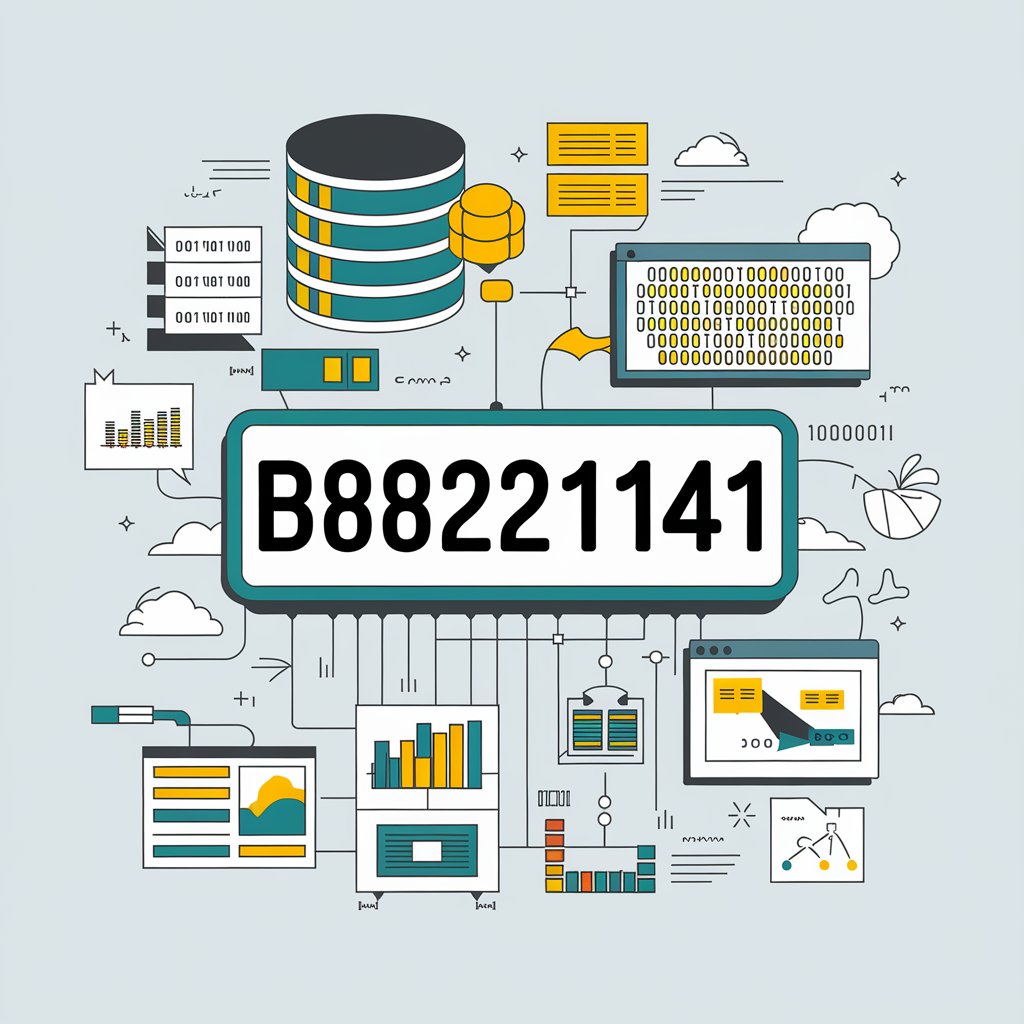Understanding B88221141: A Comprehensive Guide to Its History, Purpose, and Implementation
Introduction
In the world of technology and data management, unique identifiers play a crucial role in ensuring accurate and efficient operations. One such identifier is “b88221141.” Although it might seem like a random string of characters, it has specific applications, benefits, and implementation strategies. This comprehensive guide explores the history, purpose, and practical use of b88221141, offering insights and analysis to help you understand its significance and optimize its use in various contexts.
In this blog post, we’ll explore the history, purpose, benefits, and effective implementation of b88221141 in both personal routines and business strategies.
What is B88221141?
Definition and Context
B88221141 is a unique identifier used across various technological and data management systems. Unique identifiers like b88221141 are essential for distinguishing records, managing data, and ensuring the precise retrieval of information.
Characteristics of Unique Identifiers
- Uniqueness: Each identifier, including b88221141, is designed to be unique, ensuring that it can be easily differentiated from others within a system.
- Format: Identifiers can be numerical, alphanumeric, or a combination, depending on the specific requirements of the system in which they are used.
History and Development of Unique Identifiers
Evolution of Unique Identifiers
Unique identifiers have evolved significantly over the years. Initially, they were simple numerical sequences or straightforward codes. As technology advanced, the need for more complex and robust identifiers became apparent.
Key Milestones
- Early Systems: Early database systems used basic numerical or alphanumeric identifiers to manage data.
- Modern Systems: Today, unique identifiers like b88221141 are generated using advanced algorithms and cryptographic techniques to ensure uniqueness and security.
Purpose and Benefits of B88221141
In Data Management
Unique identifiers like b88221141 serve several important purposes in data management:
- Record Identification: Ensuring that each record in a database or system can be uniquely identified and accessed.
- Data Integrity: Preventing duplication and maintaining the accuracy of data entries.
- Efficient Retrieval: Facilitating quick and accurate retrieval of specific records based on their unique identifier.
In Business Strategy
In a business context, unique identifiers like b88221141 can be used to:
- Track Assets: Monitor and manage physical or digital assets by assigning unique identifiers.
- Enhance Operations: Improve operational efficiency by ensuring accurate tracking and management of inventory, transactions, or customer interactions.
- Support Integration: Enable seamless integration between different systems by using consistent identifiers.
In Technology and Security
In technology and security, unique identifiers play a crucial role in:
- User Authentication: Managing user accounts and permissions by assigning unique identifiers to each user.
- Data Encryption: Enhancing security through the use of unique identifiers in encryption algorithms and protocols.
Implementing B88221141 Effectively
Integration into Systems
To effectively implement b88221141 in your systems, consider the following steps:
- System Design: Ensure that your system is designed to accommodate unique identifiers, including proper storage and retrieval mechanisms.
- Generation Methods: Choose appropriate methods for generating unique identifiers, such as sequential numbering, random generation, or hash functions.
- Validation: Implement validation processes to ensure that identifiers are unique and do not conflict with existing records.
Best Practices
- Consistency: Use consistent formats and standards for unique identifiers across different systems and platforms.
- Security: Protect unique identifiers from unauthorized access and manipulation to maintain data integrity and security.
- Documentation: Maintain detailed documentation of how identifiers are generated, managed, and used within your systems.
Case Studies and Examples
Example 1: Database Management
In a large database system, b88221141 could be used to uniquely identify customer records. This ensures that each customer can be accurately tracked and managed, preventing duplication and facilitating efficient data retrieval.
Example 2: Inventory Management
For inventory management, unique identifiers like b88221141 can be assigned to products to streamline tracking, ordering, and reporting processes. This helps businesses maintain accurate inventory records and improve operational efficiency.
Example 3: User Authentication
In a user authentication system, b88221141 could be used to assign unique IDs to each user account. This enables secure access control and personalized user experiences while protecting against unauthorized access.
Future Trends in Unique Identifiers
Advancements in Technology
The future of unique identifiers will be shaped by technological advancements and emerging trends:
- Enhanced Security: Improved techniques for protecting unique identifiers against cyber threats and unauthorized access.
- Integration with Emerging Technologies: Adoption of unique identifiers in new technologies such as blockchain, IoT (Internet of Things), and AI (Artificial Intelligence).
- Increased Customization: Development of more flexible and customizable identifier systems tailored to specific industry needs.
FAQs
1. What is b88221141 used for?
B88221141 is a unique identifier used in various technological and data management contexts, such as databases, business operations, and security systems.
2. How are unique identifiers like b88221141 generated?
Unique identifiers can be generated using methods such as sequential numbering, random generation, or cryptographic hash functions to ensure uniqueness and security.
3. Why are unique identifiers important?
Unique identifiers are crucial for distinguishing records, maintaining data integrity, and ensuring accurate retrieval and management of information across systems.
4. What are some best practices for using unique identifiers?
Best practices include ensuring consistency in formats, implementing robust security measures, and maintaining detailed documentation of how identifiers are managed.
5. What are the future trends in unique identifiers?
Future trends include advancements in security, integration with emerging technologies, and increased customization to meet industry-specific needs.
Conclusion
The unique identifier b88221141 plays a vital role in various technological and data management contexts. Its applications in databases, business operations, and security highlight its importance in ensuring accurate and efficient information management. By understanding its significance and following best practices for implementation, organizations and individuals can effectively utilize unique identifiers to support their technological and operational needs. As technology continues to evolve, the methods for generating and managing identifiers will also advance, providing new opportunities and challenges in the digital landscape.






